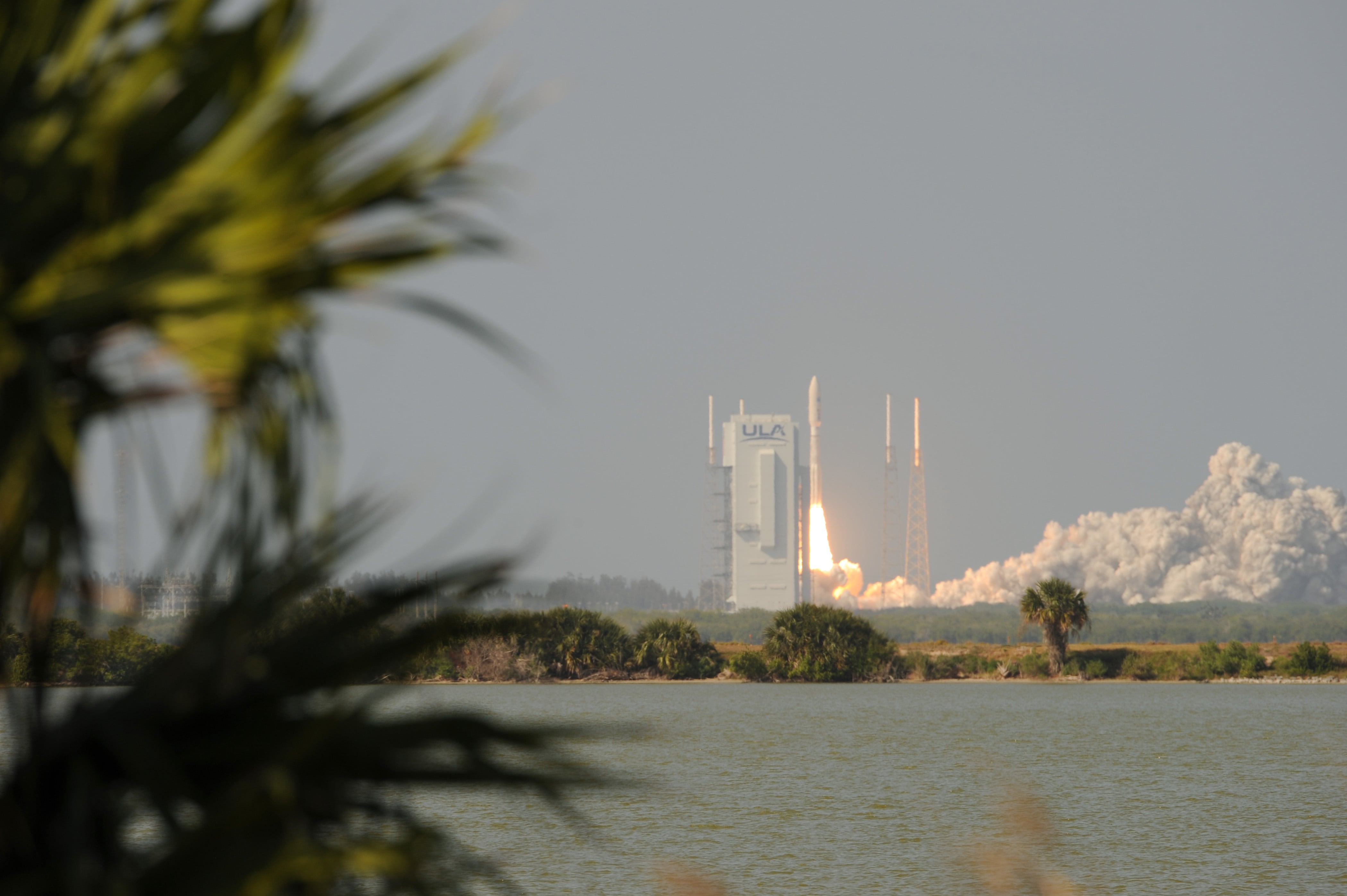WASHINGTON — The U.S. Space Force successfully delivered the fourth of five planned software updates to its protected satellite communications system, enabling international partners to access new features.
The Advanced Extremely High Frequency system provides a survivable, protected, anti-jam signal for high-priority military communications. As the successor to MILSTAR, the constellation is designed to enable high-level military leaders such as the president, the National Security Council and unified combatant commanders to control strategic and tactical forces, even in the midst of a nuclear war.
The sixth and final AEHF satellite was launched in March 2020. Four international partners — Canada, the United Kingdom, the Netherlands and Australia — also use AEHF.
After achieving initial operational capability in 2015, the program’s Mission Planning Element contracted with Lockheed Martin Space to develop five software capability insertion increments to provide the additional bandwidth and system efficiencies for the growing number of users. The first three increments were operationally accepted in 2017, 2018 and 2019, respectively.
RELATED

In a July 21 statement, the Space and Missile Systems Center announced that the fourth increment had been delivered to operations May 19, with the operational baseline updated on June 25. This latest software update provides endurance mission re-planning and allows international partners to access and control protocol messages for the satellites.
“The AEHF Mission Planning Element enhancements are a great example of the U.S. Space Force ability to incrementally field operational capability to our warfighter Guardians and international partners at the speed of relevance,” said Barbara Baker, senior materiel leader for the Space Production Corps Command and Control Systems Division.
The fifth and final increment is in development and is expected to be operationally accepted in December 2022. That update will provide crypto planning, a Worldwide Extremely High Frequency Beyond-line-of-Sight Terminal, and Rapid Adaptive Planning and Situational Awareness, according to SMC.
Nathan Strout covers space, unmanned and intelligence systems for C4ISRNET.








